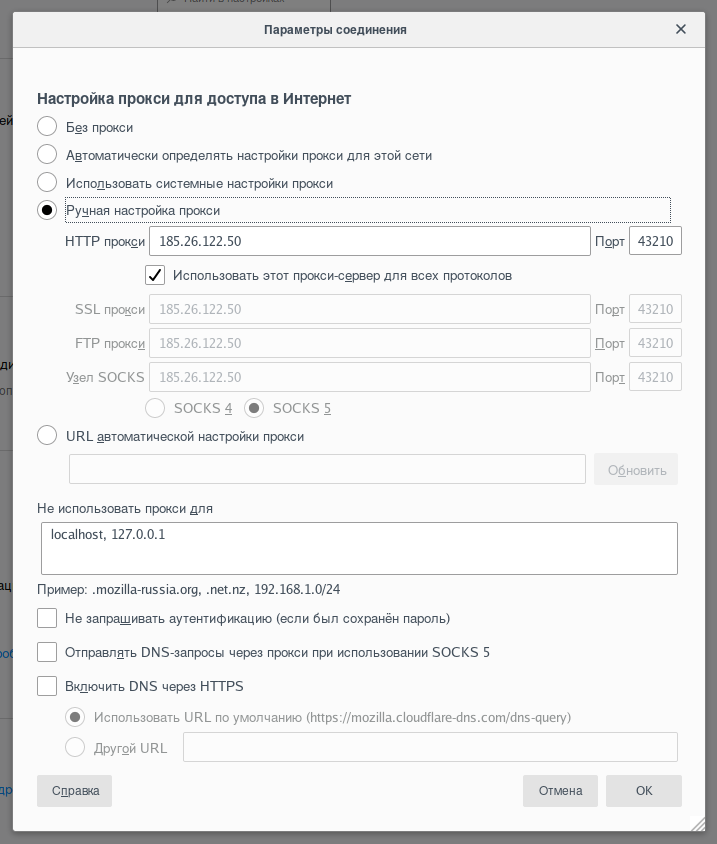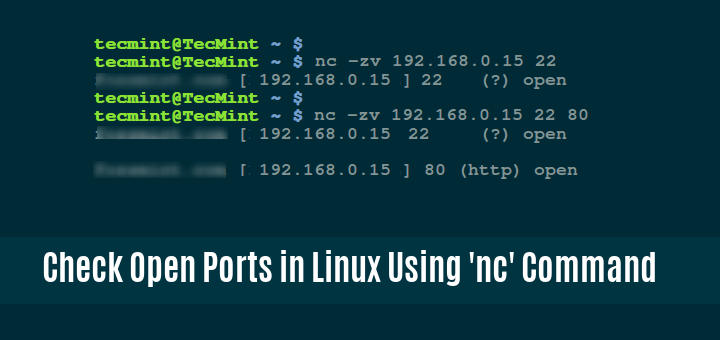- How To Install Netcat On Windows 7 Mac
- Yum Install Netcat
- How To Install Netcat On Windows 7 32-bit
- How To Install Netcat On Windows 7 Download
- Netcat Tutorial
- Windows Netcat Command
Netchat is a utility that allows you to establish a TCP/UDP connection and perform data transfer.
Installation command in Ubuntu / Debian:
Netcat (or nc in short) is a simple yet powerful networking command-line tool used for performing any operation in Linux related to TCP, UDP, or UNIX-domain sockets. Netcat can be used for port scanning, port redirection, as a port listener (for incoming connections); it can also be used to open remote connections and so many other things.Besides, you can use it as a backdoor to gain access. Netcut is a product developed by Arcai.This site is not directly affiliated with Arcai.All trademarks, registered trademarks, product names and company names or logos mentioned herein are the property of their respective owners. HOW TO: Use netcat (nc) on Windows 7 netcat is a swiss army tool for network/security professionals.


Installation command on CentOS:
On MacOS, Netcat is installed by default.
An example of connecting to some server (like telnet):
Running Netcat as a server:
Netcat can be used to transfer a file, for this on the first computer we type:
And on the second:
Or copy the whole disk from one computer:
On the second:
Port scan example:
An example of starting a process as a server:

The key combination Ctrl+C can be used to cancel the execution of a command.
I will describe some startup keys:
-l (binds Netcat to a specific port and listens on it, used in conjunction with specifying the port with keys -p (tcp), -u (udp))
-v (more detailed information output)
-w (connection timeout in seconds)
What is Netcat? All NetCat Commands
By Chandan Singh
Netcat utility is often called “Swiss Army Knife”, in the good sense of the word. The
How to install NetCat?
If you have Debian or a system based on Debian, such as Ubuntu, do the following:
If you have Fedora or a Fedora based system such as CentOS, do:
If you have Slackware, FreeBSD, NetBSD, Solaris, or Mac, download the nc sources and do:
Another way to do this on a Mac is if you have MacPorts:
On Slackware, you can install it as a package from the package directory:
If you have Windows, download from here.
How to use NetCat?
Let’s start with a few simple examples and then we will use them as basic ones.
If you remember, I said that netcat is a Swiss army knife. What would this knife be if it could not be used as an ordinary knife? This is why netcat can be used instead of the usual telnet:
In fact, it is more convenient than regular telnet, because you can terminate the connection at any time by pressing Ctrl + C and it processes binary data as normal (no escape sequences, nothing).
You can add the “-v” parameter to display the action results in more detail, and the (-vv) parameter to get statistics on how many bytes were transferred during the current connection session.
Netcat can be used as a server. If you run it as shown below, it will listen on port 12345 (on all interfaces):
Now if you connect to port 12345 of this host, everything you dial will be transferred to the remote side, which tells us that netcat can be used as a chat server. Run on one of the computers:
How To Install Netcat On Windows 7 Mac
And connect to it from another:
Now both sides can talk!

Yum Install Netcat
This way of talking, when both parties can talk to each other makes it possible to use nc for I / O operations over the network! For example, you can send a whole directory from one computer to another by arranging the tar pipeline through nc on the first computer, and redirecting the output to another tar process on the second.
Suppose you want to send files from the directory / data of computer A with IP 192.168.1.10 to computer B (with any IP). It’s simple:
Do not forget to combine the pipeline with the Pipe Viewer , which was described in the previous article, to see the statistics of how fast the transfer takes place!
A single file can be sent easier:
You can even copy and restore the whole disk using nc:
Note: The “-l” option cannot be used with “-p” on Mac computers! The solution is simply to replace “-l -p 6666? on “-l 6666 ?. Like here:
Exceptional use of netcat – port scan. Netcat is not the best tool for such work, but it copes with it (the best, of course, nmap):
How To Install Netcat On Windows 7 32-bit
The “-n” option prevents DNS lookups, “-z” does not wait for a server response, and “-w 1? sets the timeout for the connection to 1 second.
How To Install Netcat On Windows 7 Download
Another non-trivial use of netcat as a proxy. Both port and host can be redirected. Take a look at this example:
This command starts nc on port 1234 and redirects all connections to google.com:80. If you now connect to this computer on port 12345 and make a request, you will find that you do not receive any data in response. This is correct because we have not established a bidirectional channel. If you add a second channel, you will receive your data on another port:
After sending a request to port 12345, receive your response data on port 12346.
Netcat Tutorial
Probably the most powerful feature of netcat is to run any process as a server:
Windows Netcat Command

The “-e” option affects the execution of input and output redirected through a network socket. Now, if you connect to a host on port 12345, you can use bash:
The implications are that NetCat is a popular hacker tool and it can be used to make a backdoor very easily. On a Linux server, you can run /